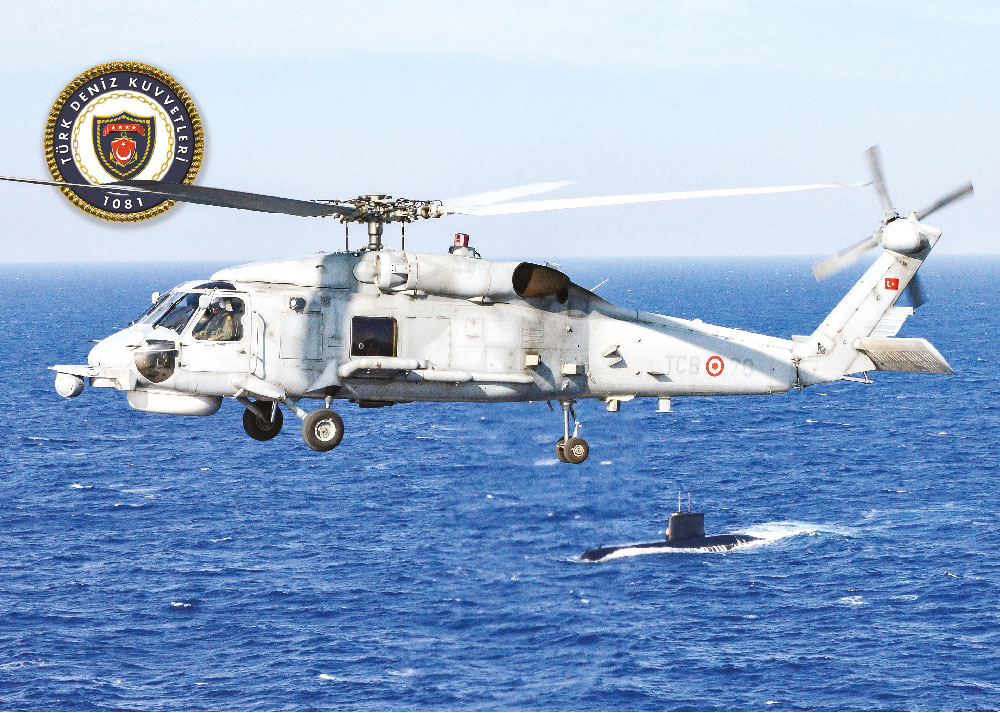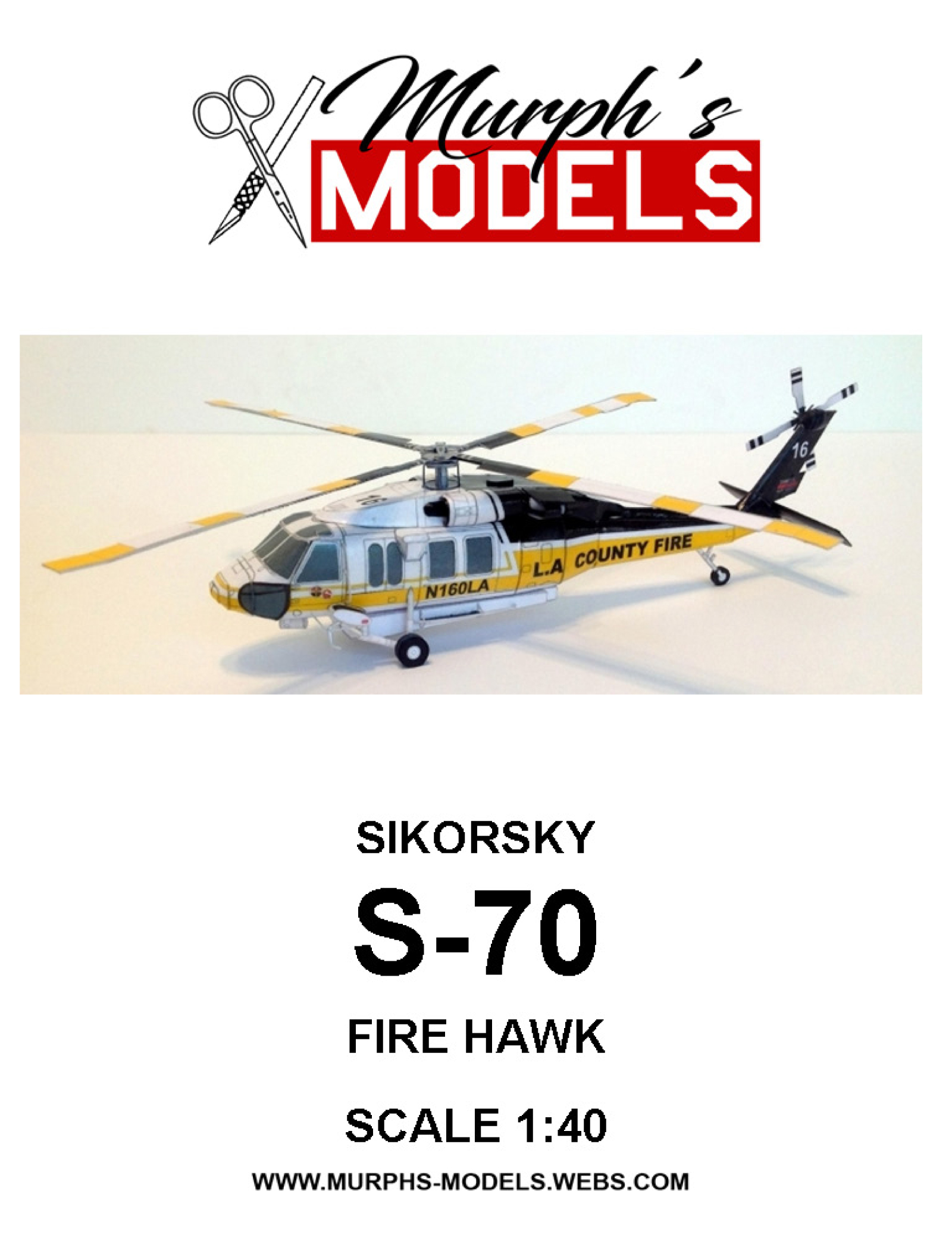Sikorsky S 70: Enhancing Helicopter Performance and Convenience
Sikorsky S 70: Enhancing Helicopter Performance and Convenience
Blog Article
High-Performance Multi-Role Rotorcraft Featuring Advanced Cabin Technologies and Integrated Sensor Solutions
The realm of rotorcraft innovation has actually seen noteworthy improvements in current times, particularly in the world of high-performance multi-role rotorcraft outfitted with cutting-edge cabin technologies and perfectly incorporated sensor systems. These technologies have not only boosted the functional capabilities of rotorcraft but have additionally dramatically influenced modern aeronautics procedures on different fronts. From boosted objective versatility to improved operational efficiency, the merging of advanced cockpit innovations and integrated sensing unit systems has ushered in a new age of possibilities for rotorcraft applications. In the following conversation, we will certainly explore the advancement of rotorcraft technology, explore the world of innovative cabin advancements, and check out the ramifications of integrated sensing unit systems on the operational versatility and performance of contemporary rotorcraft.
Evolution of Rotorcraft Technology
The advancement of rotorcraft modern technology has been marked by significant advancements in aerodynamics, products, and propulsion systems, shaping the abilities and performance of modern rotorcraft. Additionally, developments in propulsion systems, including extra powerful engines and cutting-edge propulsion modern technologies, have actually made it possible for rotorcraft to attain greater altitudes, faster speeds, and greater hauls.
These innovations have not just transformed the capabilities of rotorcraft yet have actually likewise expanded their applications throughout different industries, consisting of armed forces, industrial, and emergency solutions. The continuous evolution of rotorcraft technology proceeds to drive development in the field, pushing the boundaries of what is feasible and shaping the future of upright trip.
Advanced Cockpit Innovations
Structure upon the foundational improvements in the rules of aerodynamics, products, and propulsion systems, the world of rotorcraft technology currently changes emphasis in the direction of pioneering Advanced Cabin Innovations. The integration of sophisticated innovations within the cabin setting plays a vital function in enhancing the functional capacities, safety and security, and efficiency of contemporary rotorcraft. sikorsky s 70. Advanced Cabin Innovations include a broad range of functions created to supply pilots with enhanced situational recognition, streamlined data monitoring, and user-friendly control interfaces
One of the crucial advancements in cabin layout is the implementation of glass cockpits, which change standard analog determines with high-resolution displays. These digital systems offer adjustable formats, real-time data integration, and boosted readability, allowing pilots to gain access to critical information at a glimpse. Additionally, advanced avionics systems, such as fly-by-wire controls and increased fact displays, are transforming exactly how pilots connect with the airplane, enabling accurate control and improved decision-making abilities.


Including sophisticated cockpit developments not only boosts pilot efficiency yet likewise adds to general mission performance and security in complex operational settings. By leveraging state-of-the-art technologies within the cabin, rotorcraft makers are setting new criteria for operational quality and goal success.
Integrated Sensor Equipments
With the development of rotorcraft innovation, the combination of innovative Integrated Sensor Systems has become paramount in enhancing functional effectiveness and safety. These Integrated Sensing unit Systems incorporate a wide array of modern technologies that give important data for various features such as navigation, monitoring, targeting, and environmental monitoring. By effortlessly integrating sensors like radars, cameras, lidar, and infrared systems into rotorcraft, drivers can benefit from enhanced situational recognition, improved goal capabilities, and decreased pilot workload.
One trick advantage of Integrated Sensor Equipments is their capability to gather real-time data and supply workable insights to pilots and objective drivers. Progressed radar systems can detect and track targets over long distances, enabling for very early threat discovery and efficient action planning. Additionally, incorporating infrared and electro-optical cameras allows rotorcraft to conduct reconnaissance and security goals with precision and precision.
In essence, the combination of cutting-edge sensor technologies into rotorcraft not only enhances operational performance yet additionally contributes considerably to general objective success and staff safety and security. As rotorcraft remain to evolve, the role of Integrated Sensing unit Equipment will unquestionably stay at the leading edge my review here of technology in the aerospace sector.
Functional Adaptability and Performance
Enhancing functional convenience and effectiveness in rotorcraft is a natural progression from the integration of advanced Integrated Sensing unit Equipments. By leveraging the data and insights provided by these sophisticated sensing unit systems, rotorcraft can maximize their efficiency across numerous objectives and settings.
Functional flexibility encompasses the capacity of rotorcraft to adjust to various duties and situations efficiently. With innovative cockpit modern technologies and integrated sensing unit systems, rotorcraft can seamlessly change between jobs such as search and rescue, medical emptying, monitoring, and more. This convenience enhances the rotorcraft's capability to meet diverse functional needs without requiring extensive reconfiguration.
Performance in rotorcraft operations is critical for taking full advantage of objective efficiency and resource use. Integrated sensor systems play a pivotal duty in enhancing operational performance by offering real-time information on weather, terrain mapping, target monitoring, and more. This information makes it possible for pilots to make informed choices promptly, optimize flight courses, save fuel, and boost overall objective productivity.
Influence On Modern Air Travel Procedures

Additionally, the assimilation of sophisticated sensing units facilitates boosted mission preparation and execution, allowing rotorcraft to carry out a large range of jobs with improved precision. From search and rescue procedures to aerial firefighting and legislation enforcement goals, the abilities of modern rotorcraft outfitted with sophisticated cabin technologies and incorporated sensor systems are unmatched.
Furthermore, the influence of these advancements expands beyond functional efficiency to cost-effectiveness and sustainability. By enhancing trip courses, fuel usage, and upkeep routines, high-performance rotorcraft outfitted with sophisticated cabin innovations and sensing units add to decreasing functional prices and ecological influence, making them vital assets in modern air travel operations.
Final Thought
In verdict, the high-performance multi-role rotorcraft with advanced cockpit modern technologies and integrated sensor systems represents a considerable advancement in air travel innovation. These technologies boost functional flexibility and performance, inevitably influencing modern-day air travel procedures in a favorable means. The assimilation of these innovative modern technologies enables enhanced capabilities and performance in numerous mission scenarios, showcasing the proceeded advancement of rotorcraft technology in the aeronautics market.
The realm of rotorcraft innovation has seen noteworthy innovations in click to investigate current times, especially in the realm of high-performance multi-role rotorcraft geared up with innovative cabin innovations and perfectly integrated sensor systems. From improved mission versatility to boosted functional effectiveness, the merging of advanced cabin modern technologies and integrated sensor systems has ushered in a brand-new age of possibilities for rotorcraft applications. In the complying with discussion, we will discover the development of rotorcraft innovation, delve into the world of sophisticated why not try this out cabin technologies, and take a look at the ramifications of integrated sensing unit systems on the operational convenience and efficiency of modern rotorcraft.

Report this page